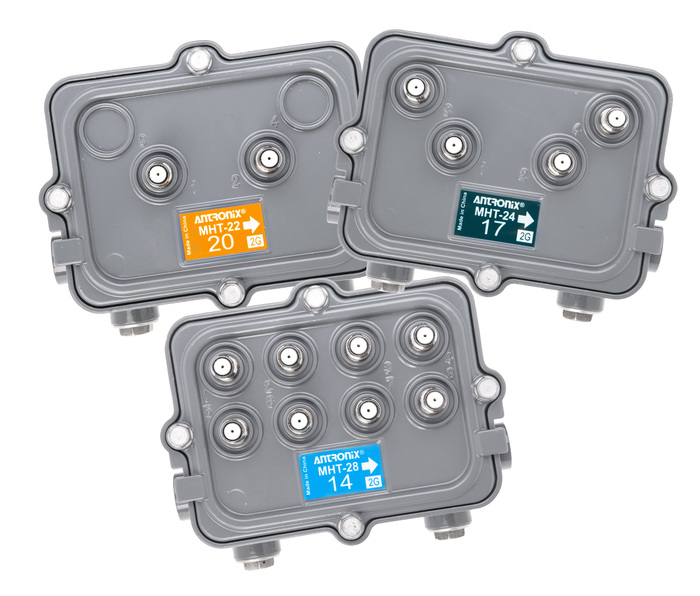Operators are faced with the opportunity to move to DOCSIS 4.0 but how do they get there successfully?
The next phase of innovation and future-proofing for the hybrid fiber/coax network is here. Many cable broadband operators are looking to DOCSIS 4.0, which will deliver downstream speeds as high as 10 Gbit/s and upstream speeds as high as 5 Gbit/s to the cable HFC plant. Cable broadband operators should be figuring out how best to move to DOCSIS 4.0 to not only meet the need for speed, but also to provide lower latency and more security and to boost reliability at symmetrical multigigabit speeds. The task of deploying DOCSIS 4.0 can seem daunting for operators, but knowing the implementation challenges and what questions to ask will be the key to success.
“Meeting our customers where they are on their Expanded DOCSIS journey is key. Each operator in each market has a vicissitude of factors to consider when deciding on when and how to expand their HFC network. The good news it that there are many short-term and long-term options to choose from, depending on the specific economics for a particular market, without having to compromise on quality and network performance.” Neil Tang, president of Antronix.
Thinking ahead of the DOCSIS 4.0 availability, there are many technology considerations for operators to ponder for their networks relative to the needs and services that are being prioritized. How can legacy devices and cabling infrastructure be preserved while still delivering on the promises of a DOCSIS 4.0 upgrade? What adjustments must cable operators make to be ready? Here are four technology to-dos (or don’t dos) to consider:
Faceplate swap at the tap or cut-in
A faceplate swap at the tap may be sufficient if an operator determines that their network has a bandwidth extension that doesn’t need to go all the way out to 1.8 GHz. The faceplate swap enables the operator to avoid a costly cut-in while still extending their network to beyond 1.2 GHz, but shy of 1.8 GHz, for example. “There are options. It is not an all or nothing decision,” Antronix says.
Spacing
Cable operators must team up with a technology partner to determine how much work it will take to get to 1.8 GHz. Will such a move require changing the spacing and the amount of cable needed between actives? Will you need to reallocate for cable loss?
Booster amps
Similar to the spacing issue with additional cable needs, cable operators must figure out if booster amplifiers will be required. If they are required, will the booster be spliced into the coax network? Or, given the higher power requirements linked to networks built out to 1.8GHz, should the boosters be cascaded throughout the network to maintain signal quality?
Tilt compensation/signal conditioning
Cable broadband operators must figure out how to calibrate their network to support simultaneous calibration for 1.2 GHz and

1.8GHZ while they work through a DOCSIS 4.0 transition. Antronix, for instance, offers Antronix Milenium NXTsolutions, which provides tilt compensation and conditioning in D 4.0 networks that will be especially useful with higher Transmission Control Protocol, or TCP, levels to flatten signal and deliver improved end-of-line modulation error ratio, or MER.
Antonix has also rolled out its next-generation line of Milenium Multi-Taps, which offer the industry’s only retrofit, no-splice solution for existing terrestrial architectures.
Beyond the technological considerations, the economics of moving to DOCSIS 4.0 must also be evaluated.
“Operators need to assess budget, cost, investment for the move at any particular point in time,” Antronix concludes.
Antronix, which has been custom engineering HFC network solutions for more than four decades, emphasizes the need for operators to find a technology partner that has the right in-house knowledge base to assist operators in making the transition to DOCSIS 4.0 successfully.
Read more about Antronix’s line of DOCSIS 4.0 solutions.
